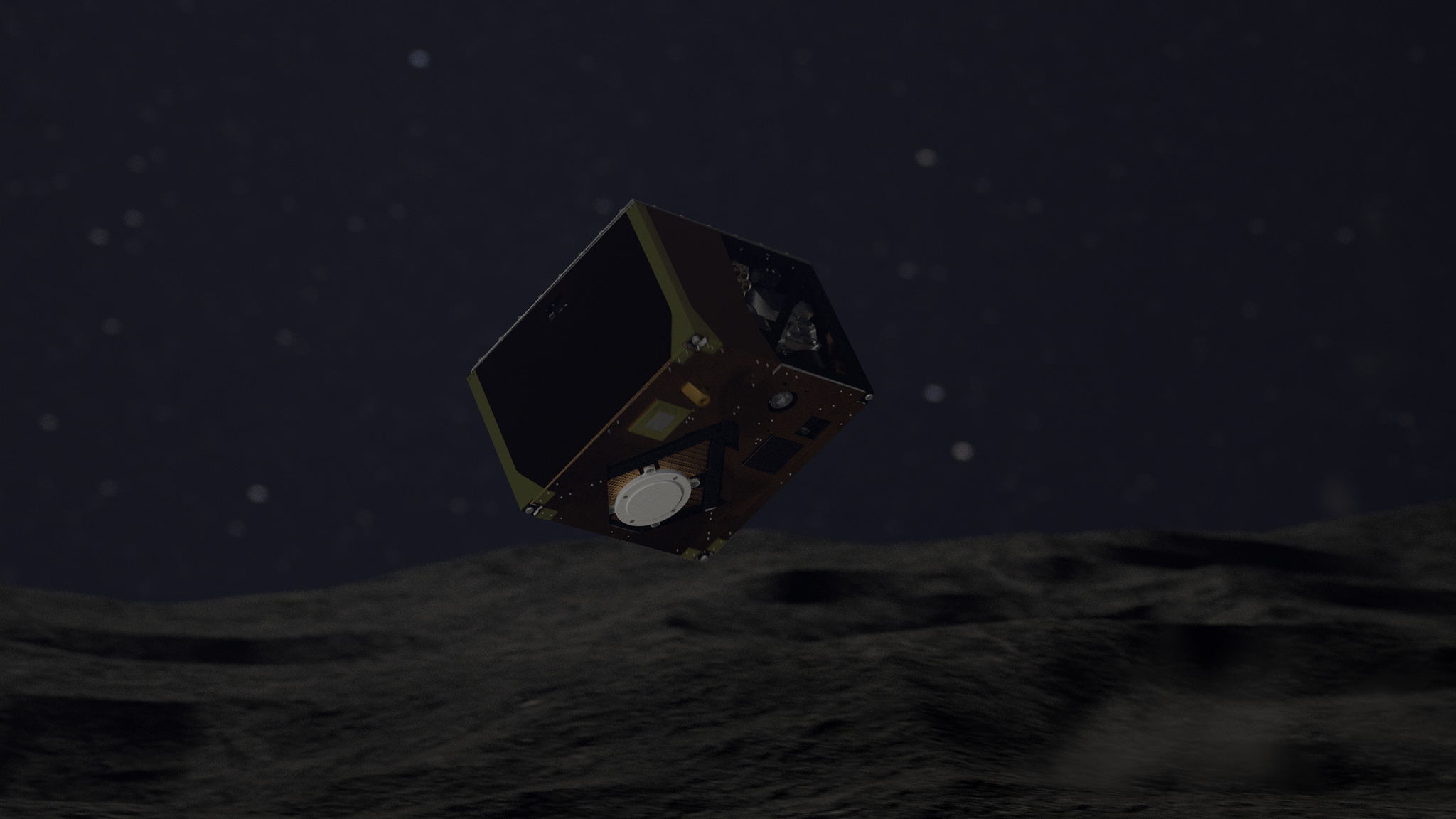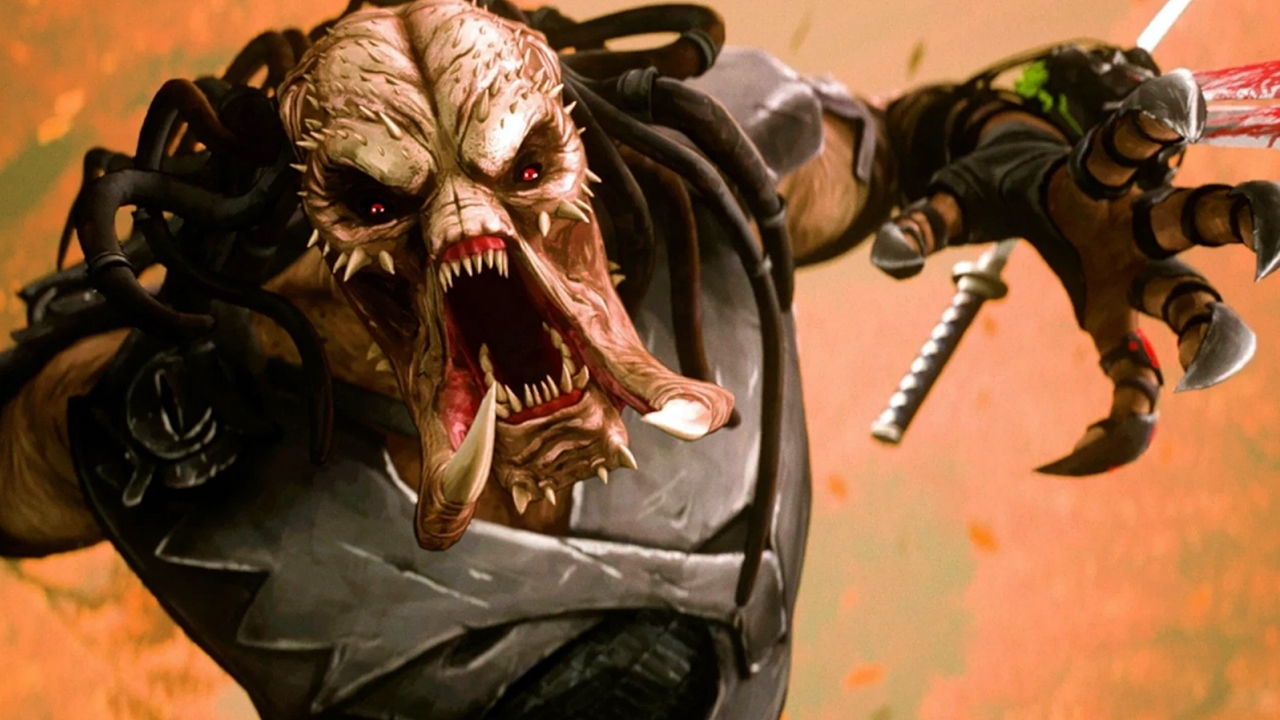See Real-Time Photos of Asteroid Ryugu Ahead of Landing Attempt Tonight!
Just two weeks after two tiny hoppers made a picture-perfect landing on the asteroid Ryugu, that space rock is about to get another robotic visitor — and we're about to get another bunch of incredible photographs.
That's thanks to the Japanese spacecraft Hayabusa2, which arrived at the asteroid earlier this summer and last month plopped two small rovers on the space rock's surface. This evening (Oct. 2 EDT), Hayabusa2 will drop its next probe, the joint German-French lander called MASCOT (Mobile Asteroid Surface Scout). As that happens, the Japan Aerospace Exploration Agency is streaming near-real-time photographs of asteroid Ryugu here as seen by the Hayabysa2 spacecraft.

The images are coming from Hayabusa2's navigation camera as the spacecraft descends from its usual altitude of 12.5 miles (20 kilometers) above Ryugu's surface down to just 200 feet (60 meters) during the lander deployment. That means the camera will be able to take some stunning images of Ryugu's rubble-covered surface. JAXA posted similar near real-time views of the asteroid when Hayabusa2 deployed its first two landers, MINERVA-II1A and MINERVA-II1B, last month.
The MASCOT lander, which is about 1 foot (30 centimeters) square and 8 inches (20 cm) tall will likely bounce after it falls down to Ryugu's surface, before establishing its orientation.
The lander is equipped with a motorized arm that can flip the craft to make sure its antenna points up and its instruments point down. Once upright, MASCOT will get to work, using a specialized microscope to study what Ryugu is made of. Other instruments will also gather temperature and magnetic-field data, and a camera attached to the lander's side will take photographs of the asteroid.
But MASCOT doesn't have a long battery life: It has just 16 hours to gather all the data it can, over the course of two Ryugu days. Then, it's all up to Hayabusa2 itself for a while, although the spacecraft carries one more small hopper to deploy next year.
Email Meghan Bartels at mbartels@space.com or follow her @meghanbartels. Follow us @Spacedotcom, Facebook and Google+. Original article on Space.com.
Get the Space.com Newsletter
Breaking space news, the latest updates on rocket launches, skywatching events and more!
Join our Space Forums to keep talking space on the latest missions, night sky and more! And if you have a news tip, correction or comment, let us know at: community@space.com.

Meghan is a senior writer at Space.com and has more than five years' experience as a science journalist based in New York City. She joined Space.com in July 2018, with previous writing published in outlets including Newsweek and Audubon. Meghan earned an MA in science journalism from New York University and a BA in classics from Georgetown University, and in her free time she enjoys reading and visiting museums. Follow her on Twitter at @meghanbartels.
